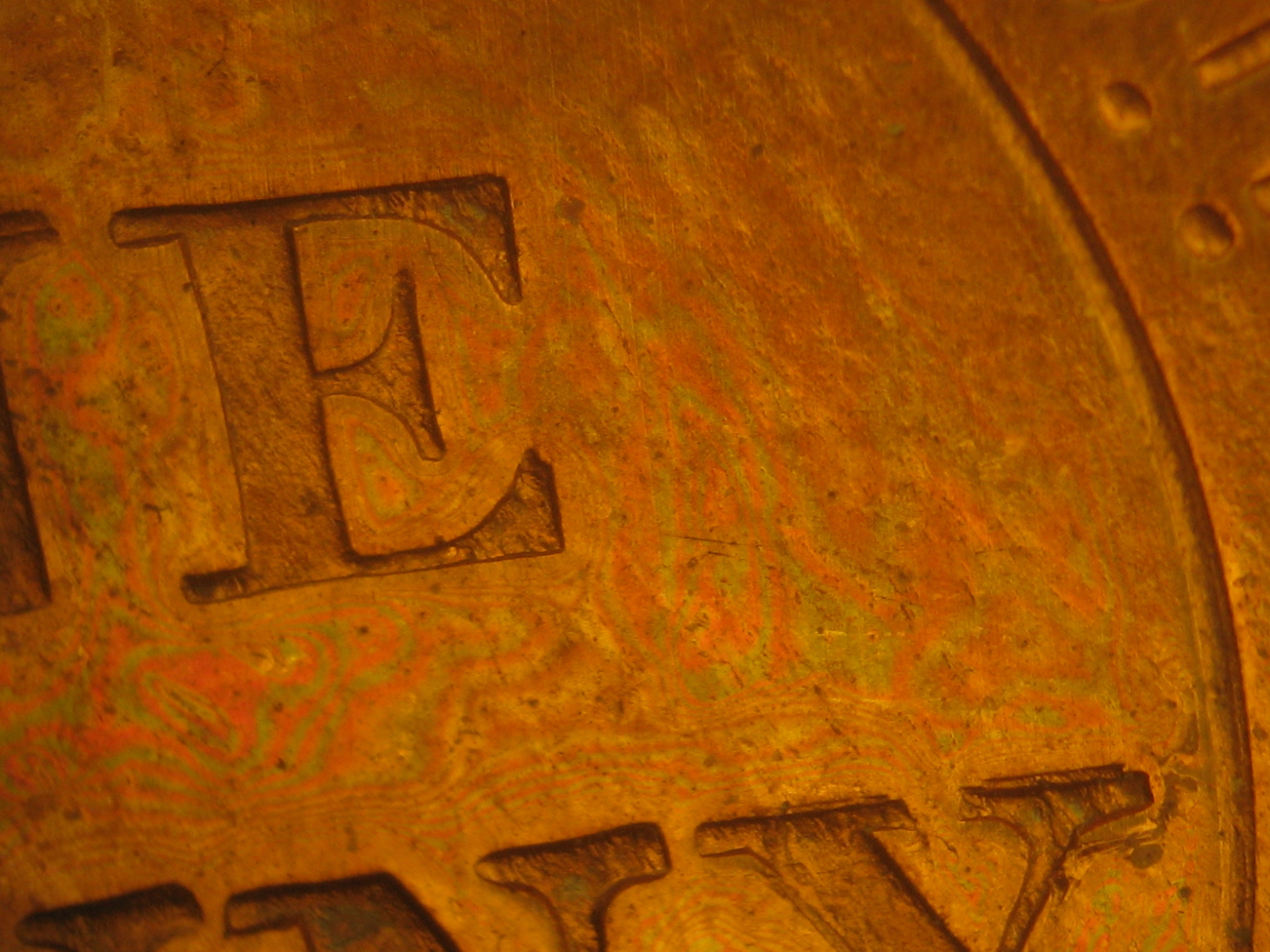Micro Coin Characteristics Quiz#2
 Insider2
Posts: 14,452 ✭✭✭✭✭
Insider2
Posts: 14,452 ✭✭✭✭✭
Sorry, no prizes ![]()
I am going to be posting micrographs of anything that can be found on coins. Some will be easy and some will not. The correct answer is whatever I say it is ![]() but feel free to disagree (giving your reason) so all of us can discuss it. I will usually post the answers late the next day after the quiz was posted.
but feel free to disagree (giving your reason) so all of us can discuss it. I will usually post the answers late the next day after the quiz was posted.
In order to make this FUN for beginners. I'll ask the "experts" to PLEASE not guess what any of the images are until the next day. Otherwise, folks like (fill in the blank) will get all of them immediately - That's NO FUN. If no correct answer is given by the next day, the "experts" should PLEASE respond.
Hopefully, members will follow these suggestions:
1.Anyone can guess. That's because even an incorrect guess can open further discussion as to why it is incorrect.
2.The BEST guess is in two parts:
A. What characteristic the image shows.
B. What did you see in the image that led to your guess.
The Question: This is a copper coin. What does the "amazing color" indicate? This may be a hard one. ![]()

Comments
Groovy colors, grease or oil.
I would extend that to be "some liquid surface contaminant", which may have solidified to some extent. Could be a coin preservative, oil, or even a lacquer?
Why?: The light interference pattern seems to indicate something on top of the actual coin surface.
Clue: As posted, the light interference pattern. should raise a "red flag" that the surface is NOT 100% original. Keep posting.
im wondering if that's been sitting in olive oil to get some crud off and that's the after effect? fwiw I guess
The reddish and greenish (or any colors because it depends on the light source) wavy colors can occur when an oily substance is applied.
The term, “nose grease” comes to mind.
Why to cover or hide something that was done to the coin.
WAGging
I see the interference pattern, or newtons rings that indicate a surface treatment. Not like that from the mint.
Good guess, but not this particular coin. Now, if you (or any other member) wants to help all of us out, please put a cent in olive oil and let it dry on the coin. Then post an image. I'd like to see if you can duplicate this pattern.
My guess is that the coin has been heat treated
Who knows for sure but that is not what causes this "look."
Thank you insider for doing these, so much fun!
My other guess is either Water damage, possibly Saltwater?
Lacquered?
Worry is the interest you pay on a debt you may not owe.
"Paper money eventually returns to its intrinsic value---zero."----Voltaire
"Everything you say should be true, but not everything true should be said."----Voltaire
BINGO! One way to detect lacquer is the 'oil-on-water" look. Under a scope you can usually see a clear build-up next to the relief.
I have heard it said that dried soap left on a coin after washing, can leave a similar spotty rainbow effect in some areas of a surface. That would have been my guess.
https://www.autismforums.com/media/albums/acrylic-colors-by-rocco.291/
Umm, cough, cough,.
Does olive oil really dry?
Im not sure..
Is laquer, used at the mint ? Don't mean to stray your Post, sir.
Continue, Please